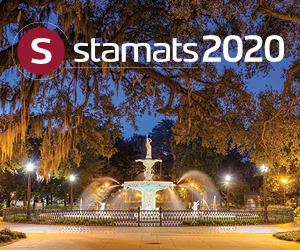
Stamats 2020
January 20, 2020

Today’s students still prefer to communicate with colleges via email on their mobile devices. But many organizations follow a generic or less-than-strategic approach.
For example, in this Reddit post, a high school senior shared insights on the sheer volume of messages prospective students receive. He sorted his inbox for every email higher education institutions sent to him, and the results were staggering:
It can be easy to forget, but students may be receiving 30 to 40 emails per day from schools, who may even be using a canned template to create and send messages. This could mean 30 to 40 emails using the same subject lines, P.S. sections, and even email bodies. Is this the message you want to send?
Generic messaging suggests you don’t know them or aren’t actively pursuing them in a meaningful way. With 93% of students expecting college admissions to use personalized communications during the search and application process, you need a data-driven and strategic approach to make email marketing work for you, not against you.
At the Stamats 2020 Conference, I’m hosting a session on how to better personalize your emails to reach 2020’s college students. Join me! Register for the Stamats 2020 Conference now.
Follow these easy steps to take to better connect with prospective students through email.
Above all, remember we’re in the business of serving students—not spamming them. Approach recruitment efforts with a goal to support their search. Highlight why they’d be a good fit at your institution. This strategy demonstrates care, thoughtfulness and, most importantly, helps you stand out from all the noise.
Learn how personalization will revolutionize college messaging in 2020 and beyond at my Stamats 2020 Conference session. Register now.

Ready to Get Started?
Reach out to us to talk about your strategy and goals.